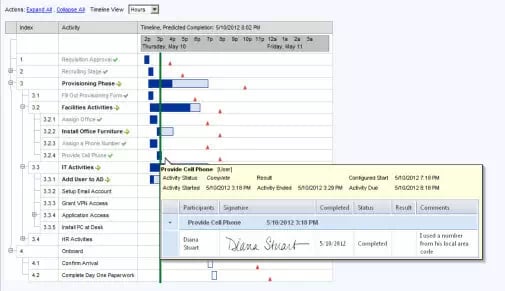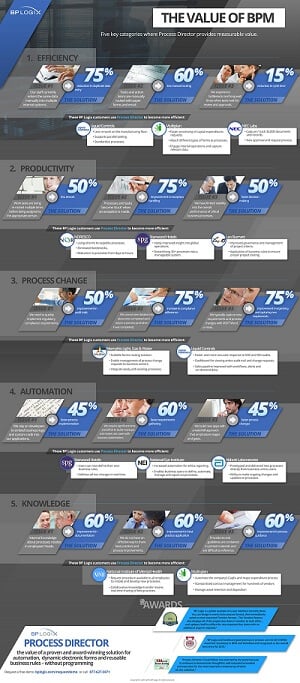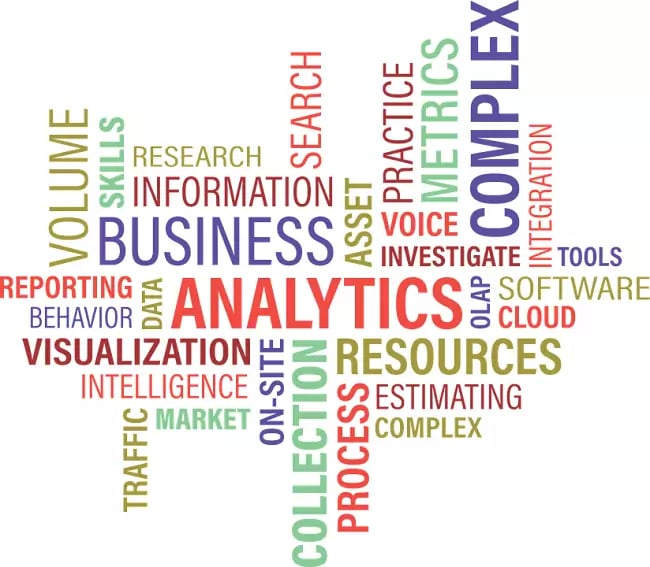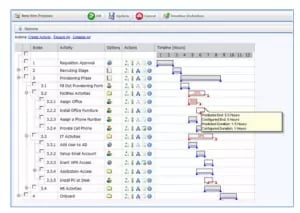At BP Logix we understand the amount of time and research it takes before you choose the right BPM solution for your organization. BPM use cases and workflow automation examples help play a role in the decision-making process by offering a glimpse at the software that BPM vendors provide. These BPM use cases and workflow automation examples are one way to help you determine if their software meets your organization’s specific requirements.
Process Director BPM software has helped introduce enterprise workflow automation technology to several companies which has led them to digital transformation as manual workflow processes have been upgraded to automated ones. Below are a few BPM use cases and workflow automation examples and case studies of how Process Director has been employed.
Multi Chem HR Enterprise Workflow Automation
Today with the execution of Process Director, the company Multi-Chem is able to better enforce Human Resources workflow policies and has uniform business processes which are more effective and efficient. A more structured environment for form submission was implemented with better monitoring and auditing to create additional accountability. An approval process system is now used to push required documents to the appropriate people automatically, while forms are used to mandate required field to capture all needed information.
Learn more about this BPM example
Festival Foods Business Process Management Use Case
Instead of building a resource intensive in-house program, Festival Foods looked at Process Director in part because of its low code BPM integration and ease of use. This was a plus as this functionality didn't require tying up the IT department thus keeping them from other important tasks.
After the implementation of award winning BPM Software, Process Director, Festival Foods eliminated errors caused by manual input in the inventory process. This improvement allowed them to scale their business to expand the number of guests they could serve in additional locations.
Choosing Process Director allowed them to make better use of company data and more efficient use of internal applications, as well as more effectively manage based on real-time business monitoring and predictive analytics. Simplified, automated processes created the ability to expand and grow while reducing errors.
Learn more about this BPM example
National Eye Institute Managing Regulatory Compliance
National Eye Institute leveraged Process Director to demonstrate its BPM compliance to regulatory and legislative mandates. Improving their document management and retention process and procedures was a way to demonstrate their fiscal responsibility and decision-making to their supporters as well as their ethics in reporting.
Constant industry changes meant they needed a solution with enough flexibility to adjust annually to new laws while not overwhelming staff, their budget or the IT department. Process Director now handles document management including disposition, storage, and retention while also maintaining the security required within the medical industry.
Learn more about other BPM use cases and workflow automation examples here.
More Information
- Read BPM success stories from our customers
- More on Process Director enterprise workflow automation solutions
- Ready to learn more about the value Process Director BPM software can support your goals? Contact us today for a free BPM software demonstration from a BP Logix expert.




















